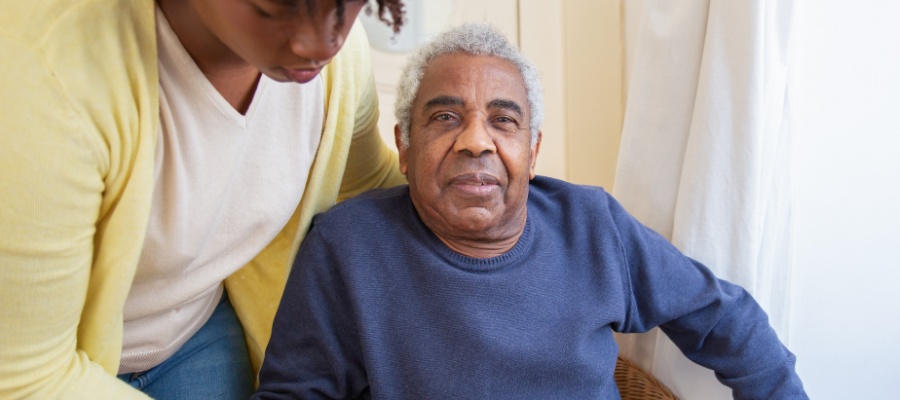Going Home from the Hospital? Home Care Can Help!When you or a loved one is returning home after a hospital stay, it may seem overwhelming. Sometimes, a little extra help from a home care program will enable you to ease into being home, and get safely back on your feet. With a doctor’s order, depending on your health coverage, you may be eligible to receive the following care post-hospitalization or rehabilitation facility stay:
- Skilled nursing care for wounds, dressing changes, IV treatments, medication administration, blood pressure monitoring, sugar monitoring
- Physical Therapy, Occupational Therapy, Speech Therapy
- Durable Medical Equipment such as oxygen
- Transportation to doctors’ appointments
- Home Health Aide services to assist in eating, dressing, bathing, toileting, transferring and continence
- Social Work visits
- Help with driving, preparing meals, doing housework and shopping
- Consider a medical alert or a buddy system.
- Keep a fire extinguisher and smoke detector on every floor.
- Use extreme caution when smoking, never smoke when alone or in bed.
- Always get up slowly after sitting or lying down. Take your time, and make sure you have your balance.
- Wear proper fitting shoes with low heels.
- Use a correctly-measured walking aid.
- Remove or tack down all scattered rugs.
- Remove electrical or telephone cords from traffic areas.
- Avoid using slippery wax on floors.
- Wipe up spills promptly.
- Avoid standing on ladders or chairs.
- Have sturdy rails for all stairs inside and outside the house, or, if necessary, purchase a stairlift.
- Use only non-glare 100 watt or greater incandescent bulbs (or fluorescent equivalents).
- Make sure that all staircases have good lighting with switches at top and bottom.
- Staircase steps should have a non-slip surface.
- Leave a light on in your bathroom at night.
- Use recommended bath aids, securely installed on the walls of the bath/shower stall and on the sides of the toilet.
- Skid –proof the tub and make sure the bath mat has a non-slip bottom.
- To avoid scalds, turn water heater to 120 degrees Fahrenheit or below.
- Mark cold and hot faucets clearly.
- Use door locks that can be opened from both sides.
- If possible, bathe, only when help is available.
- Keep floors clean and uncluttered.
- Illuminate work areas.
- Mark “on” and “off” positions on appliances clearly and with bright colors.
- Store sharp knives in a rack.
- Use a kettle with an automatic shut off.
- Store hazardous items separate from food.
- Avoid wearing long, loose clothing when cooking over the stove.
- Make sure food is rotated regularly. Check expiration dates.
- Review your medicines frequently with your doctor or pharmacist, and when you take new medication.
- Make sure medicines are clearly labeled.
- Read medicine labels in good light to ensure you have the right medicine and always take the correct dose.
- Dispose of any old or used medicines.
- Never borrow prescription drugs from others.
- Check with your doctor or pharmacist before you mix alcohol and your drugs.
- Have medication dispensed in a bubble pack or convenient dispenser.
- Check with your doctor or pharmacist before mixing non-prescription drugs and prescription drugs.

